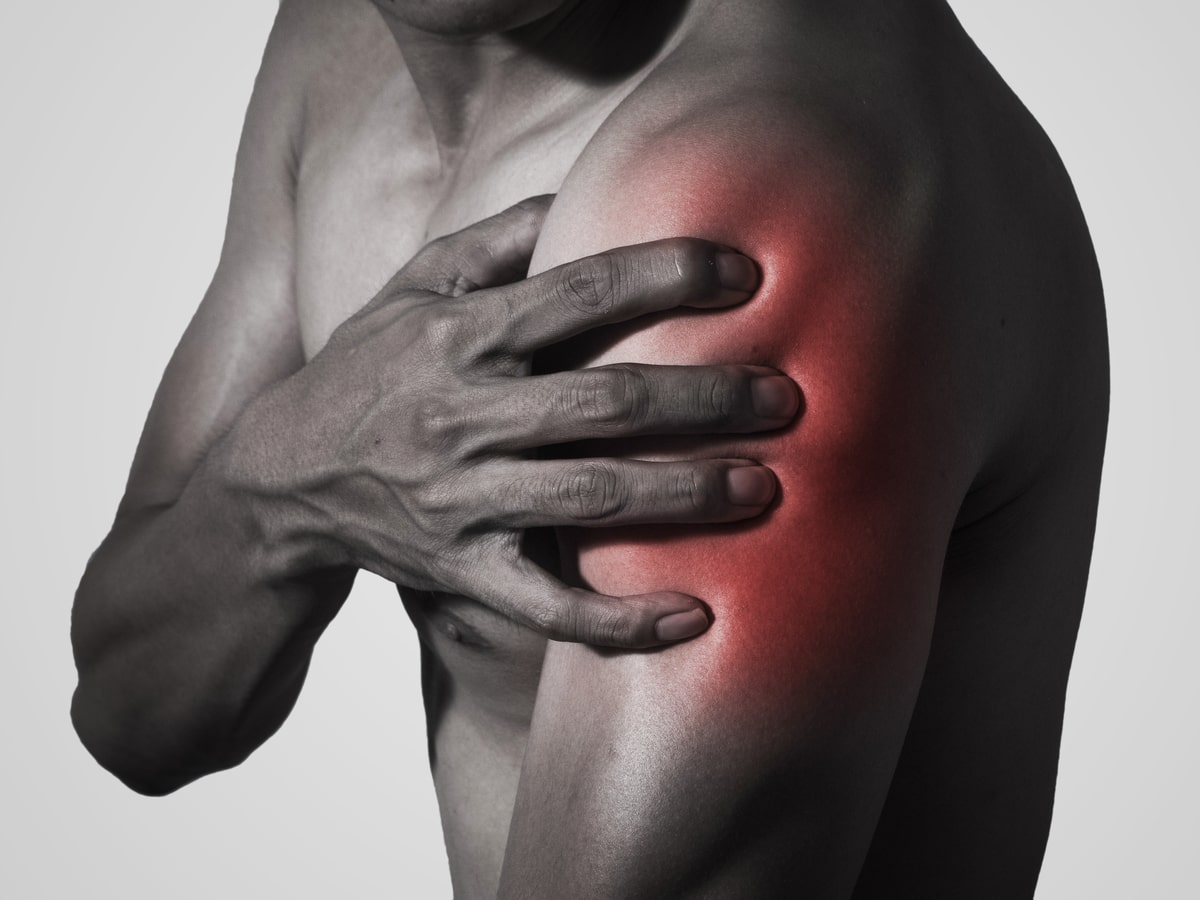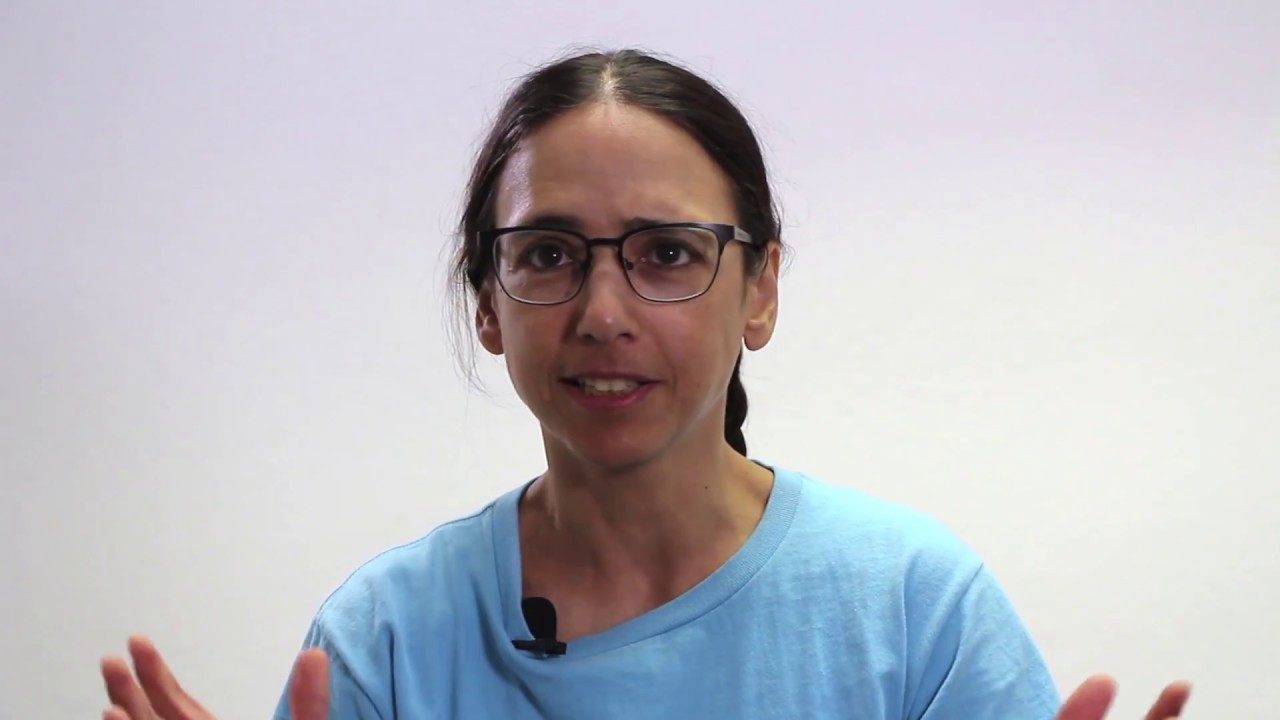Rotator Cuff Revisited
Hear From Our Patients
Rotator Cuff Surgery Patient Swims AlcatrazThe rotator cuff of the shoulder has four major tendons. The supraspinatus—the one on top—is the one most often torn. Here is a look at the controversies about this injury and its repair.

All four rotator cuff tendons converge on the long bone in the upper arm, called the humerus. With wear and aging, those tendons become prone to injury and tearing. Once torn, they don’t heal well on their own. Patients often complain of shoulder pain with overhead activities or when they roll over while sleeping, both of which drive the humerus up into, and sometimes through, the tear.
A diagnosis is made by looking at the patient’s history (e.g., “I once fell onto my shoulder,” or “I paint with my arm overhead”), physical exam (weakness and often pain when testing the strength of each tendon individually), X-rays (with superior migration of the humerus), and most definitively with MRIs (which can show fluid in the tendon gap, or retraction of the tendon away from its insertion point on the upper arm).
Treatment is often delayed for various reasons. Often, insurance companies want to see months of failed physical therapy before authorizing the correct care. In other cases, the patient’s efforts at denial, or valiant efforts to magically heal their tendon, fail. Unfortunately, what happens immediately after the injury or tear is that the collagen of the torn tendon retracts, scars down, and degenerates. While spontaneous healing sometimes occurs, the muscles attached to the tendons can lose their ability to pull—then they too degenerate, often replacing muscle fibers with fatty tissue. Recent enthusiasm for injections of anabolic therapies such as PRP, bone, fat, and growth factors have helped heal partial or incomplete tears of the tendons of the shoulder and other parts of the body. Complete tears, however—especially those with retraction—will not regrow enough strong tendon to bridge the significant gap between the tendon and its bony insertion on the upper arm.
And herein lies the most interesting controversy. Surgically repairing and reattaching the torn tendons back to the bone makes the most sense, and often relieves the pain. People are able to return to sports and normal activities with rates as high as 85% of the time. Surprisingly, though, follow-up MRIs on many of those repaired tendons often show that only 50% of them have healed completely.
In some other cases—where repair wasn’t possible due to the extent of the injury—just surgical debridement (i.e., removing loose fragments of tendon and other debris) of the injured joint and torn tendons provides high success in terms of pain relief. Why? Is it because the biology of the joint is changed by clearing out the inflammatory tissue? Is it the stimulation of an anabolic environment where once a catabolic or degenerative milieu existed? And why are the healing rates so variable?
Some of the answers may lie in the fact that tendon tears because it is fundamentally weakened by age or degeneration. These negative factors get worse with time after an injury—and just because a tendon is sewn back together doesn’t make it any healthier. In addition, the surgical techniques of today involve using permanent bands of suture material that compress the tendons to the bone. The hope is that, by squeezing injured tissues tightly against bleeding bone, enough healing will occur before further degeneration happens. The contradictory aspects of this are obvious to everyone, yet the options for returning the damaged tissues to their normal position are few.
Recently, grafts of donor tissue or matrices of collagen have been added to these repair strategies, with the idea of incorporating more tissue into the healing rotator cuff. Encouraging reports of these reconstructions are stimulating more research into a fundamental question: How do we take torn tendons with limited collagen, minimal blood supply, and few cells, and create healthy repairs?
The answers are around the corner. For now, it makes the most sense to repair the injuries as early as possible and understand that “failure of conservative care” really means the injury was allowed to progress, unnecessarily, to the debilitating stage.



